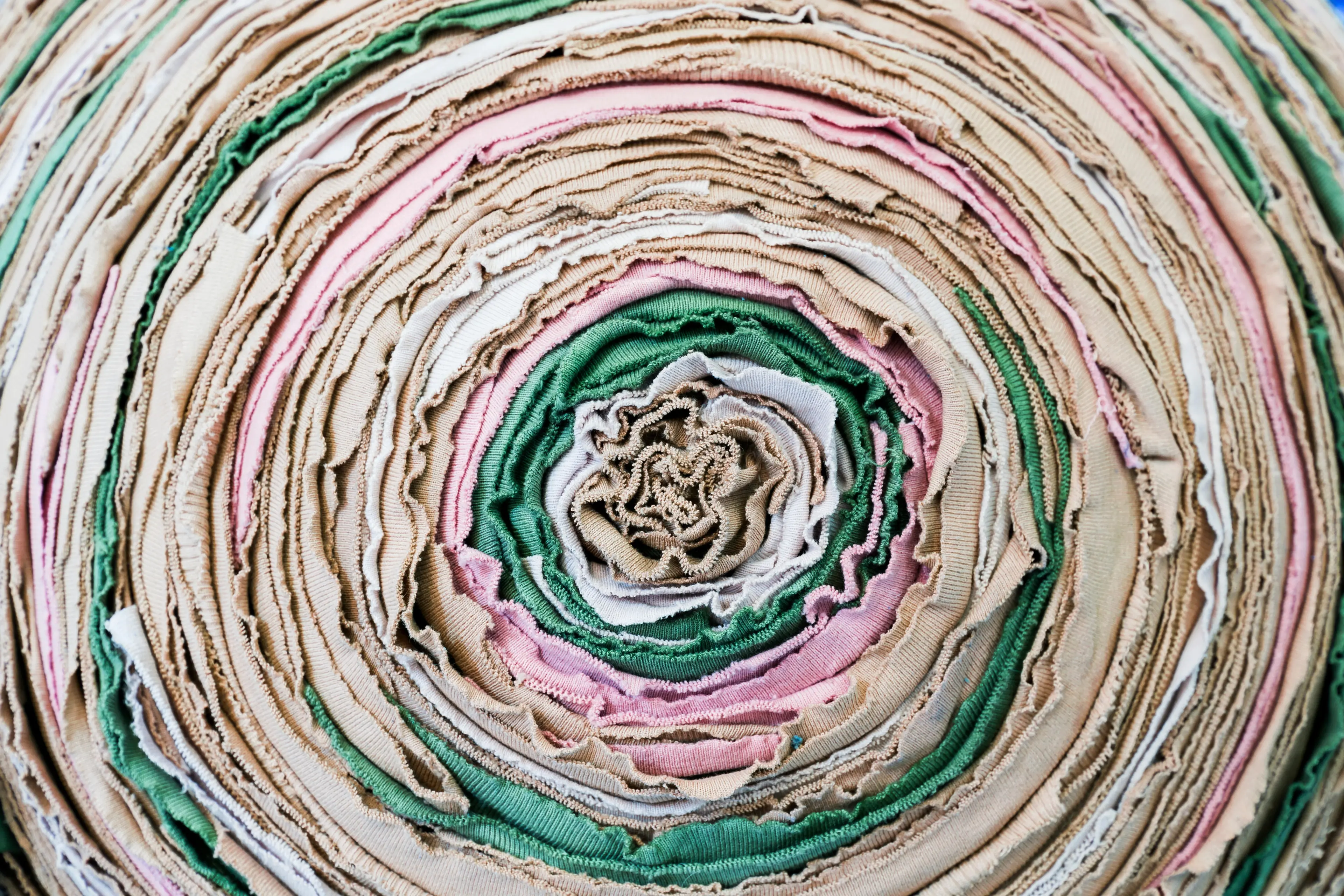Chemical Recycling of Textiles – Comprehensive report at a critical juncture for the industry
14 October 2025

Building on their expertise in chemical recycling and the success of their inaugural exhibition in Brussels, AMI have published a comprehensive quantitative analysis of the global textiles chemical recycling industry. This comes at a time when the sustainability of textiles is gaining much-deserved attention, especially in Europe.
In September this year, the European Parliament adopted new measures aimed at preventing and reducing textile waste across the EU. According to the new rules, producers who make textiles available in the EU (including via e-commerce) will have to cover the costs of their collection, sorting and recycling through new Extended Producer Responsibility (EPR) schemes, to be established by each of the 27 member states. This represents a significant step in the legislation relating to textile recovery and recycling, considering that in 2023 the EU generated more than 12.6 million tonnes of textile waste. It is thus more important than ever to identify those stages across the value chain where improvements will have the most immediate and strongest impact.
Chemical recycling is emerging as a closed-loop solution for textiles, where the materials are recycled into new materials of the same quality, and so can be utilised into the same applications. Depolymerisation technologies, where the polymers are reversed into monomers using solvolytic processes, have become the basis for most textile-focused processes. These are developing globally, and in some cases, already operating commercially.
The report details how Europe is leading the way globally in terms of available input capacity for textile closed-loop recycling, followed closely by North America and China. In addition, 95% of European depolymerisation technology capacity includes textile waste as a feedstock. This shows a high potential for closed-loop textile recycling in Europe, with a strong commitment from companies to focus on this challenge and develop technologies to convert textile waste back into new textile applications.
A key component of the report is a comprehensive database detailing:
- Global chemical recycling technologies for PET and PA, with a focus on those targeting textile waste
- Analysis of the global industry by region, polymer and technology
- Market sizing with forecasts to 2033
- Chemical recyclers processing PET and PA; includes a site-by-site analysis, company profile and site profiles
- A clear view of supply chain interactions to understand the emerging complex relationships
The accompanying PDF document provides background explaining the technologies, concepts, feedstocks and outlook.
The textile recycling industry appears to be at a tipping point, where conversation can be made into action. This action will be required from all players in the value chain, utilising legislative drivers, investments and technology to close the loop for textiles.
If you are interested in hearing more about the report, you can request your free proposal that contains more detail on the structure and findings included. Visit the website for more information.